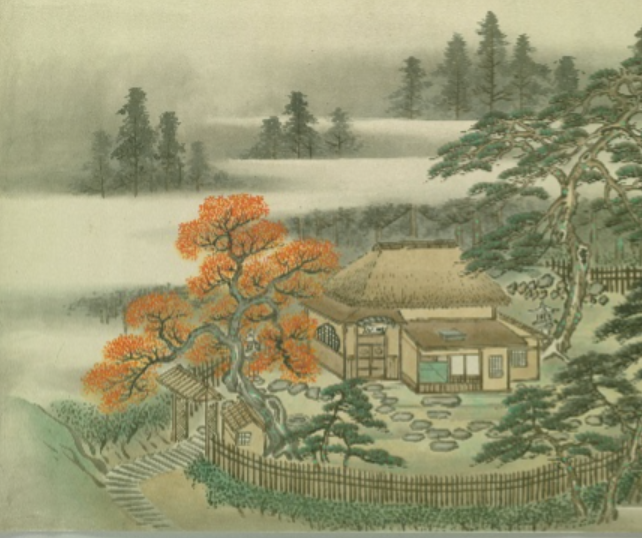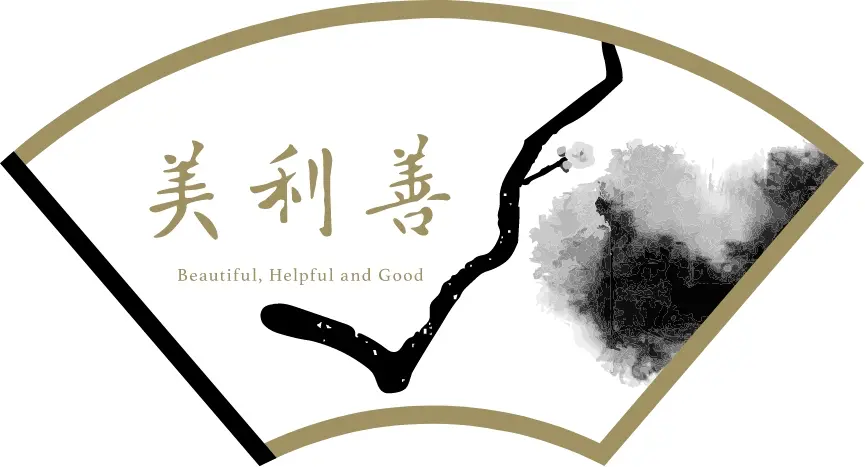What is the NFT Marketplace “Tou Chakai”? -Part 3

(Continued from Part 2)
It was and is not an easy task to realize “sincere fellowship between host and guest” in a “茶会 Chakai” (tea ceremony).
In his tea book, written when he was 20 years old, Matsudaira Fumai (1751-1818), a feudal lord of the Matsue domain, severely criticized the “茶の湯 Chanoyu” of that time, which, as Rikyū had predicted, had lost its essence and focused heavily on manners and tea utensils. He also argued that Chanoyu was not a mere ritual or pastime for the feudal lords, but part of their own spiritual cultivation, and that it could help them to govern their country and their vassals. The main guests at the Chakais in his twenties were his vassals, but gradually he began to invite other feudal lords, high priests, and townspeople such as wealthy merchants and tea utensils dealers, regardless of region or class, as long as they understood the essence of Chanoyu.
Ii Naosuke (1815-1860), a feudal lord of the Hikone domain who was also a famous master of Chanoyu, emphasized in his tea book written in his early 20s, that Chanoyu was beneficial as a spiritual discipline for the samurai. He also emphasized that Chakai was a place where people who were close to each other could talk to each other, away from the limitations of the worldly, and that they should be treated as they are, without worrying about manners or tea utensils. In his essays written in his later years, he wrote that each Chakai should be considered “一期一会”, a Meeting only once in a lifetime.
It is refreshing to learn that the feudal lords themselves, who lived at the top of a strictly hierarchical society and had no choice but to live as samurai, needed a place where they could be free from the constraints of their status, in other words, from the limitations of the worldly, and that they valued the Chakai as a place where they and the others could respect and talk to each other as human beings.
Even if we are temporarily free from the limitations of the worldly, we cannot escape the reality that life is finite and the time that has passed will never come back. Therefore, the masters of Chanoyu who had left their mark on history had found irreplaceable value in “this place, this time, this exchange of hearts and minds with the person in front of them, ” and had taken Chakai very seriously.
In the last three articles, we have introduced the history behind the Japanese word “茶会 Chakai”.
It is the reason why we have named the NFT marketplace to be launched next spring “問茶会 Tou Chakai”, that we hope to use the latest technology to provide those who live with us today with a place for serious conversation between a host and a guest, something that great people of the past spent their lives pursuing.
The Japanese word “問 Tou” has two meanings: 1) to ask a question, and 2) to visit. In both cases, it is his/her initiative that determines the outcome. To live up to the name of “問茶会 Tou Chakai”, we will learn from the history of Chakai and the spirit of great people in the past, and dedicate ourselves to developing our NFT marketplace system to provide “a place where the Advisor and the Advisee can have a serious conversation”. We look forward to your continued guidance and encouragement.
Image source: NDL Digital Collections
“A True View of the Osaki-en of the Lord Fumai in Unshu” (part/copy), in 1896, the original is believed to be the work of Tani Bunchō (1763-1840).

